 |
 |
 |
 |
 |
 |
|
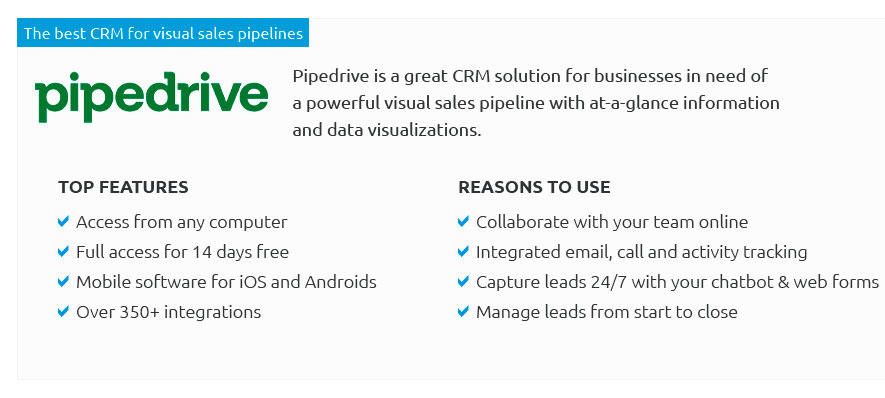 |
|
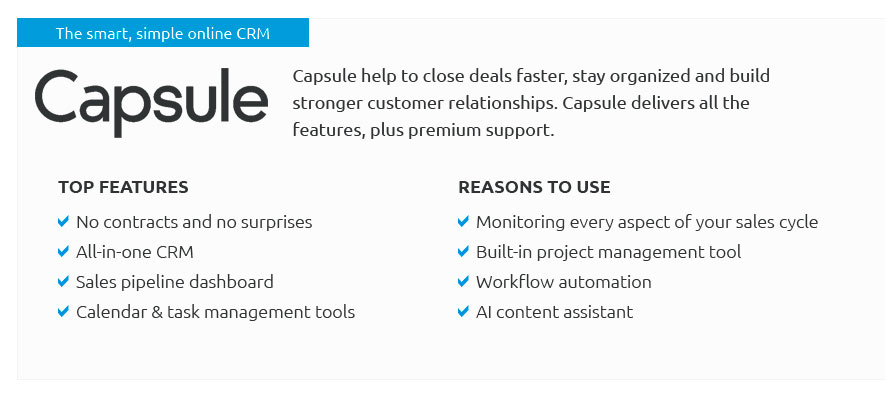 |
|
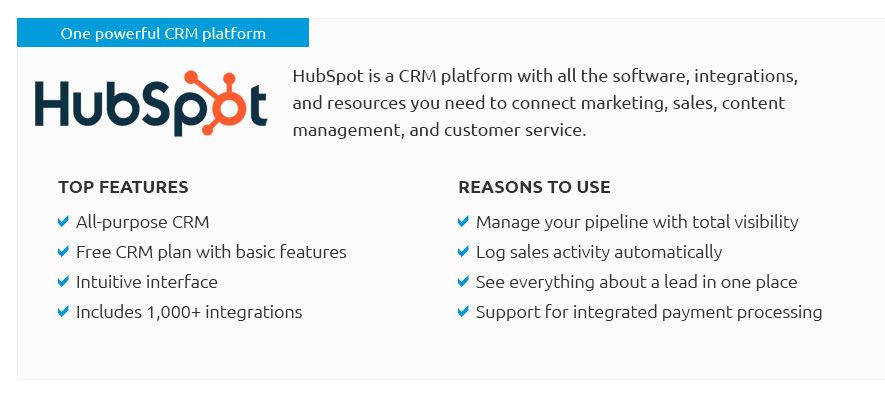 |
|
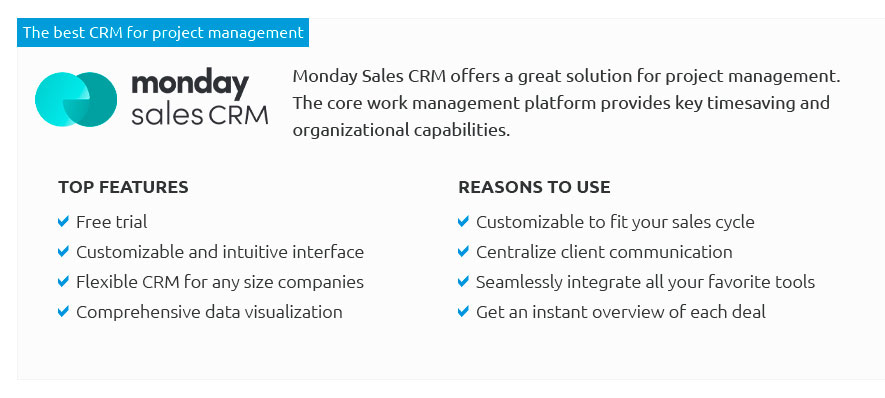 |
|
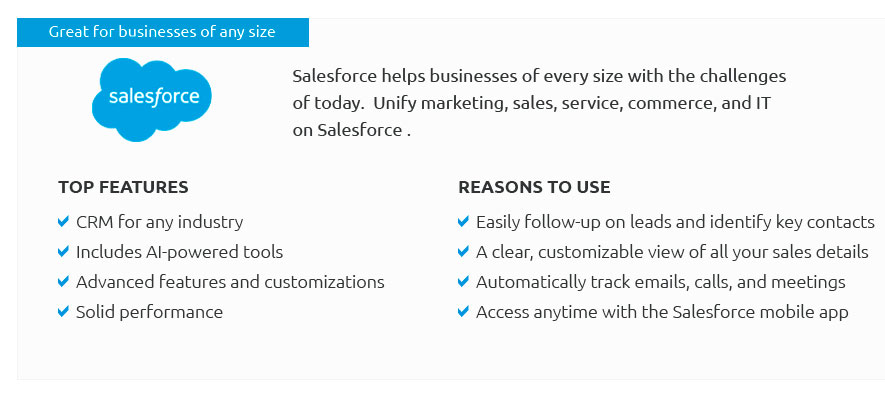 |
|
 |
 |
CRM for Publishers: Revolutionizing the Publishing IndustryIn an age where the publishing industry is continuously evolving, the integration of Customer Relationship Management (CRM) systems has become an indispensable tool for publishers striving to thrive in a competitive market. The concept of CRM is not new; however, its application within the publishing realm is gaining momentum, offering a multitude of benefits that streamline operations, enhance customer interactions, and ultimately, boost profitability. Understanding how CRM works in this sector requires a closer look at its multifaceted capabilities. At its core, a CRM system is designed to manage a company's interactions with current and potential customers, and for publishers, this translates into managing relationships with readers, advertisers, authors, and other stakeholders. The beauty of CRM lies in its ability to aggregate and analyze data from various touchpoints, providing a comprehensive view of customer preferences, behaviors, and engagement. This data-driven approach enables publishers to make informed decisions that can tailor content delivery, personalize marketing efforts, and optimize advertising strategies. The advantages of implementing a CRM system in publishing are numerous. For one, it allows for enhanced personalization. In an industry where content is king, understanding what resonates with readers is crucial. CRM systems facilitate this by tracking reader interactions and feedback, allowing publishers to deliver content that is not only relevant but also timely. Moreover, the insights gained from CRM analytics help publishers identify emerging trends and shifts in reader preferences, providing a competitive edge in content creation. Additionally, CRM systems improve operational efficiency. By automating routine tasks such as subscription management, billing, and customer service inquiries, publishers can allocate resources more effectively, focusing on strategic growth rather than administrative burdens. This automation also extends to sales and marketing efforts. CRM tools can segment audiences and automate targeted campaigns, ensuring that marketing messages reach the right people at the right time, thus maximizing the return on investment. Another significant benefit is the ability to foster stronger relationships with advertisers. With CRM, publishers can offer advertisers detailed insights into audience demographics and engagement metrics, creating opportunities for more targeted and effective advertising. This not only increases advertiser satisfaction but also enhances revenue streams for publishers.
In conclusion, the adoption of CRM systems is no longer a luxury but a necessity for modern publishers aiming to stay relevant and competitive. While some may argue that the initial investment in CRM software and training can be daunting, the long-term benefits far outweigh the costs. By harnessing the power of CRM, publishers can enhance their operational capabilities, foster deeper connections with their audience, and ultimately, drive growth and innovation in an ever-changing landscape. https://www.magazinemanager.com/blog/the-top-5-best-crm-for-magazine-publishers/
1. The Magazine Manager; 2. Salesforce; 3. LaunchPad Media Management; 4. HubSpot; 5. Pipedrive; What to Consider when Choosing a CRM; i. https://www.workbooks.com/resources/blog/crm-for-media-publishing/
With CRM you can increase productivity and efficiency through automating processes. It is easy to automate subscription renewal reminders to prevent lost sales. https://www.salesforce.com/eu/solutions/industries/media/overview/
First, the Web redefined media. Now, the social media revolution is shaking things up again. Whether you're selling ads, entertainment, or information, ...
|